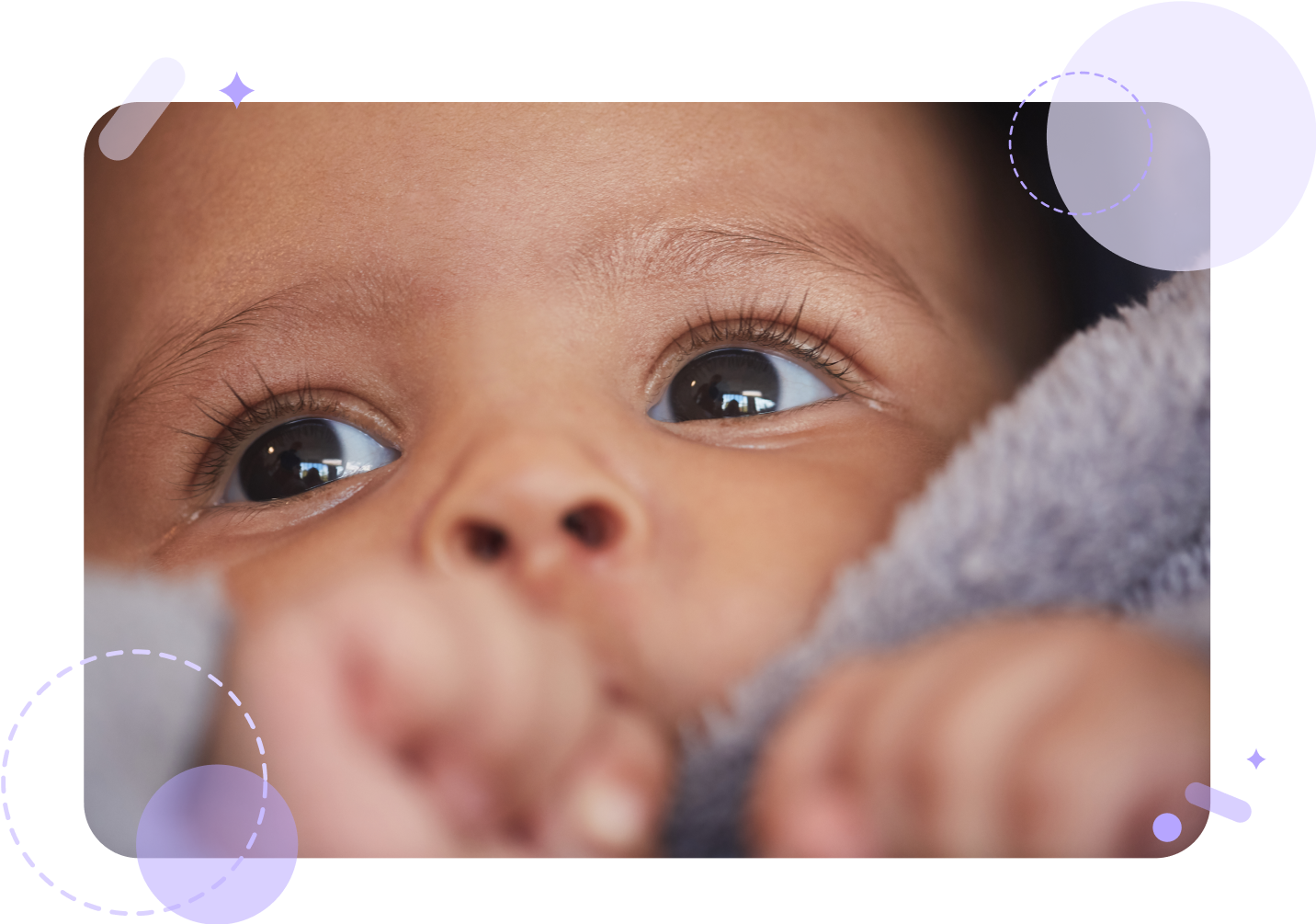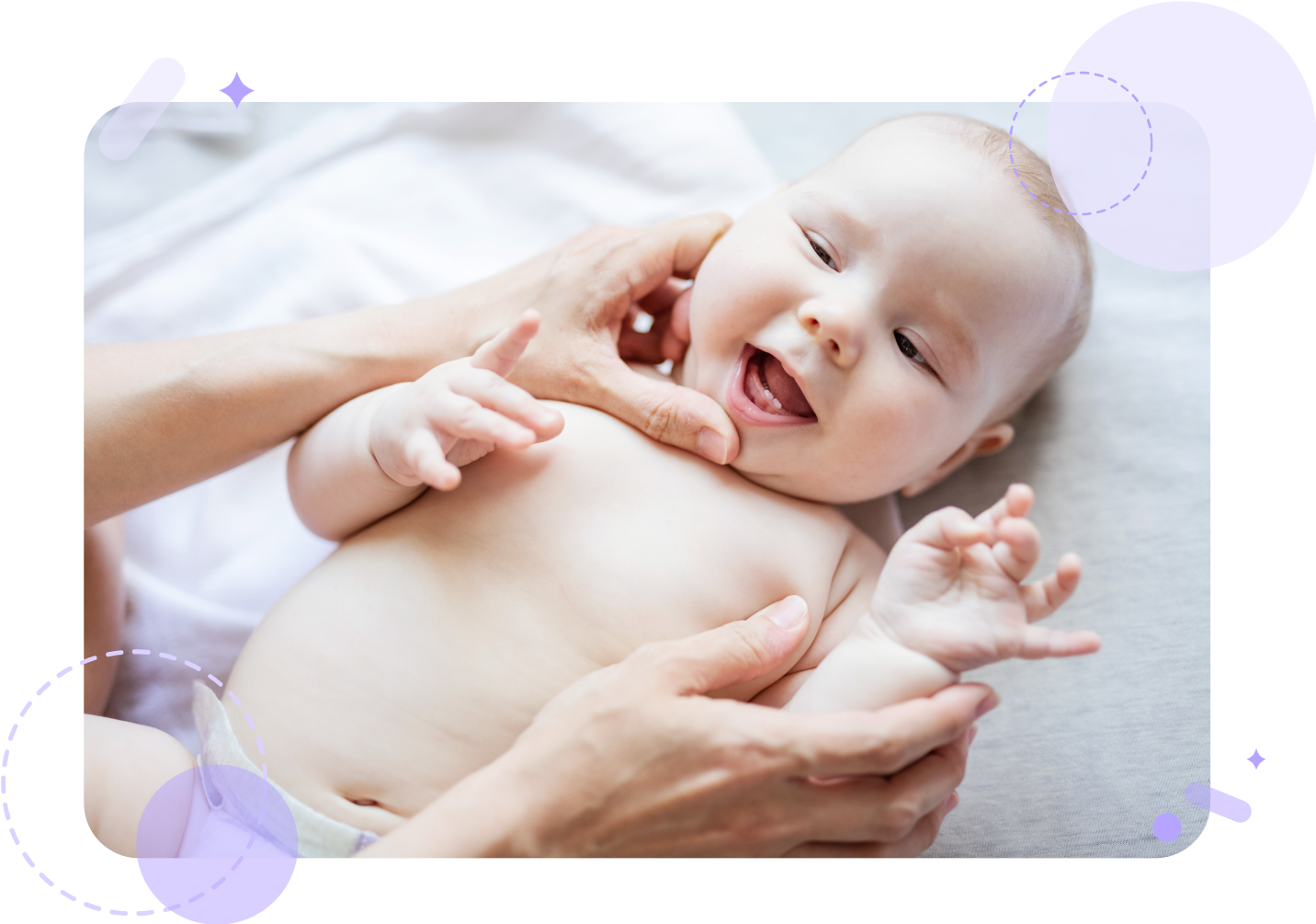Your baby’s weight, height, and head circumference are the three major physical developmental characteristics that their doctor will keep a regular track of after birth. Like other milestones, gaining an appropriate amount of weight and growing in length and head size within an expected range is equally important to gain insights about how well your baby is developing.
While a doctor or a nurse practitioner will measure these at every checkup accurately, you can keep tabs on your baby’s growth between regular doctor’s visits as well. Physical development tracking at home helps you stay informed and aware of your baby’s growth and provide a more detailed and accurate view of your baby’s growth trends in discussion with health professionals.
Weight Measurement
Keeping track of your newborn’s weight helps ensure that your baby is getting the right amount of nutrition and is growing properly.
You can weigh your baby at home in two ways:
- Stand on a weighing scale alone, record the figure, then weigh yourself again while holding your baby in arms. Once you have both numbers, subtract the two.
- Alternatively, use a kitchen weighing scale to weigh your newborn. Make sure to subtract the weight of the blanket or towel that you will put down before placing your baby on the scale.
The readings might be off by 1 or 2 ounces, as your baby might move, but you can confirm the accuracy at your next doctor’s visit.
Length Measurement
While measuring a newborn, lay them down and stretch a measuring tape from the top of their head to the bottom of their heel. This stature is also referred to as the recumbent length. When your baby gains enough strength to stand against a wall, you can measure their height by stretching the tape from top to bottom.
To make sure that your readings are close to the ones taken by your doctor, here are some things to keep in mind:
- Have two people present to measure your baby’s length they are lying down, to hold their head and feet gently.
- Make sure that your baby is lightly clothed with only a clean disposable diaper and an undershirt.
- Remove any excess layers of clothes that might add extra length or affect your baby’s straight posture, causing an inaccurate reading.
Head Circumference Measurement
While measuring your baby’s head circumference, doctors look for consistency in growth compared to their previous numbers. Your baby’s doctor will also compare the relative size of your child’s head to the rest of their body as an assessment tool to ensure proper development.
Head circumference is measured from above the eyebrows and ears and around the back of the head with the line forming being parallel to the floor. While measuring your baby’s head circumference at home, make sure to use a soft measure tape or a flexible measurement device that cannot stretch and wrap it around the widest area of your baby’s head above the eyebrows and ears toward the back of the head.
To make sure that the measurements are as accurate as possible, take the measurement three times and select the largest number.
Your pediatrician will keep records of all your baby’s physical measurements during routine checkups and compare the results with past measurements and normal ranges based on your baby’s sex and age.
Marble lets you record all these measurements, both from your doctors as well as the ones you might take at home, in a secure and easy way. You can also share your baby’s growth with your doctor between routine visits via the doctor’s report feature that allows you to provide your baby’s doctor with a detailed overview of your baby’s development across many developmental categories.
- University of Michigan: Physical Growth in Newborns
- Centers for Disease Control and Prevention: Clinical Growth Charts
- Marsden: Why Weighing Babies is Important
- Marsden: 10 Factors That Affect A Baby’s Birth Weight
- American Academy of Pediatrics: Weight Change Nomograms for the First Month After Birth
- Healthline Parenthood: What’s the Average Baby Length By Month
- National Center for Biotechnology Information: Measuring Head Circumference
 Back
Back

